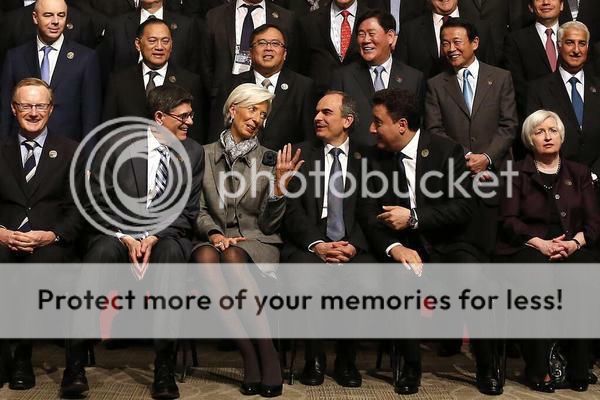they are stored electronically and have a registered number called "cusip". the secondary market for them is world wide practically 24 x 7. I've never heard of a marketable US treasury not paying. that would be an interesting concept.

but seriously, there is reason why the market is so huge for them. that is say their world wide marketability.
Safekeeping and Transfer of Securities
Recordkeeping for Treasury securities is done in one
of two ways. In one system, ownership and legal
interests are recorded electronically, in a series of
book-entry records on the books of the Federal
Reserve Banks and depository institutions: The Federal
Reserve manages the National Book-Entry System
(NBES), which maintains records for depository
institutions; depository institutions, in turn, maintain
records for their customers. Alternatively, an investor
can maintain a book-entry securities account directly
with the Treasury through the Treasury Direct system.
The securities held in Treasury Direct are purchased
when originally issued and are typically held
to maturity.
Through the NBES, depository institutions can
electronically transfer Treasury securities among
themselves to settle their trades and the trades of their
customers. Most of these trades are settled on a
delivery-versus-payment basis whereby the securities
are electronically deposited in the receiving institution’s
account and the corresponding payment is
simultaneously electronically deposited in the sending
institution’s account at the Federal Reserve. The
depository institutions, in turn, adjust their customers’
records to reflect the transfer.
..............................................................................................
To facilitate the settlement process, the Federal
Reserve grants finality when securities transfers are
completed over the NBES—that is, the payments
associated with these transactions are final and irrevocable.
..............................................................................................
In addition, the Federal Reserve, for a fee,
provides intraday credit, commonly called daylight
overdrafts, to financially healthy depository institutions.
To limit the credit risk arising from such credit
extensions, the Federal Reserve imposes limits, based
on several factors, on depository institutions’ daylight
overdraft capacity. The Federal Reserve requires
that depository institutions cover their daylight overdrafts
by the end of the day. If a depository institution
ends the day with a negative account balance, the
institution incurs an overnight overdraft, which carries
a much higher fee than a daylight overdraft.
Because only depository institutions have access to
the NBES, other buyers and sellers of government
securities must use a depository institution as an
intermediary.17 Settlement activity is highly concentrated
in a few depository institutions known as clearing
banks. Clearing banks tend to be very large
organizations because sizable investments in computer
hardware and software are necessary to handle
the large flow of transactions. These banks also
extend intraday credit to their customers, allowing
them to overdraw their money accounts to pay for
securities. To finance their intraday lending to customers,
clearing banks rely on daylight overdraft
credit from the Federal Reserve. The charges for
daylight credit are then typically passed on by the
clearing banks to their customers.
THE DEMAND FOR TREASURY SECURITIES
The supply of Treasury securities, as noted earlier, is wagga, wagga, wagga....................................


